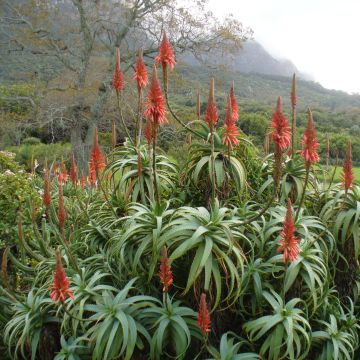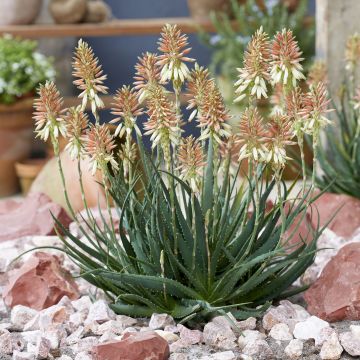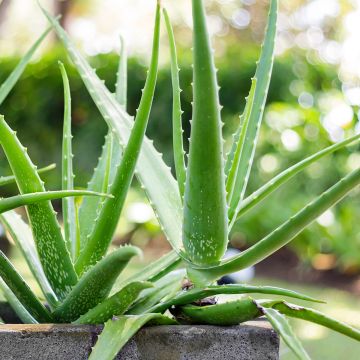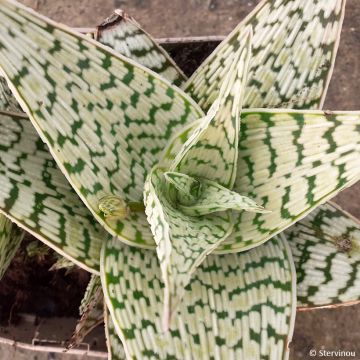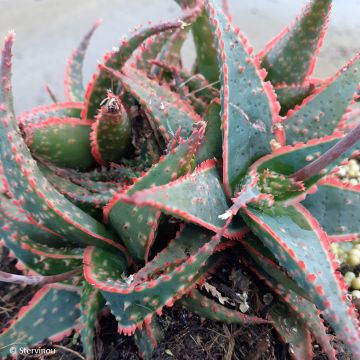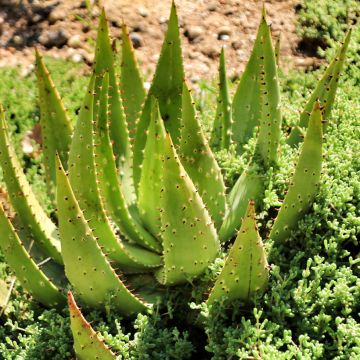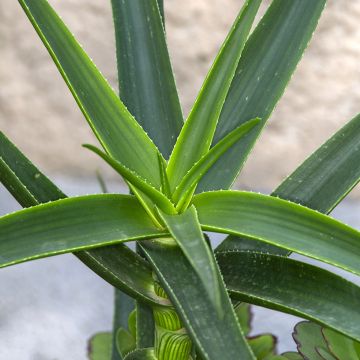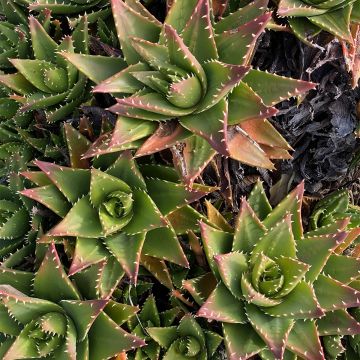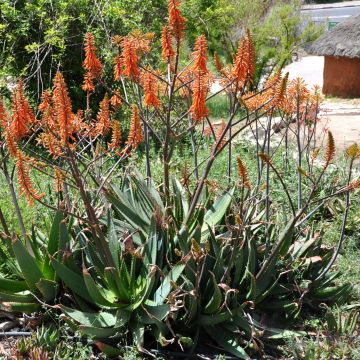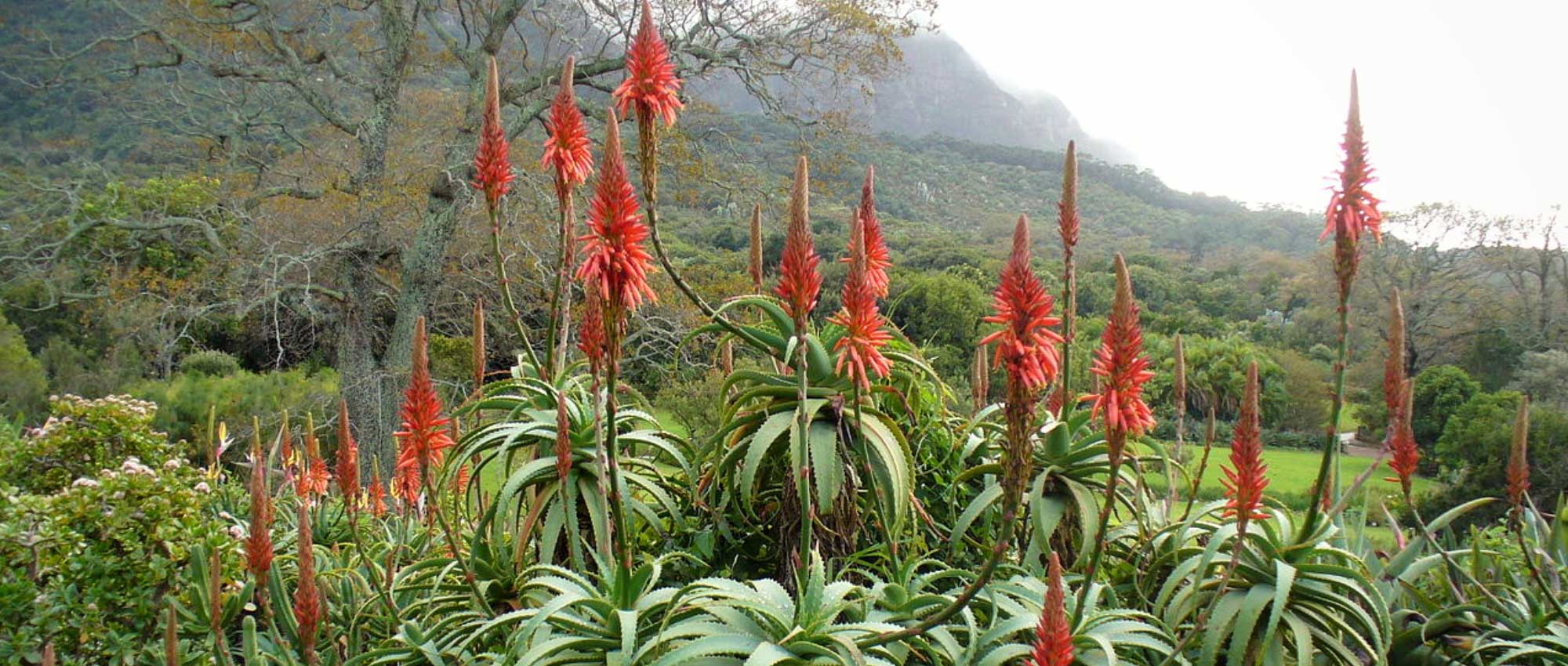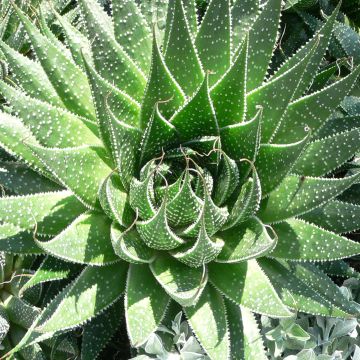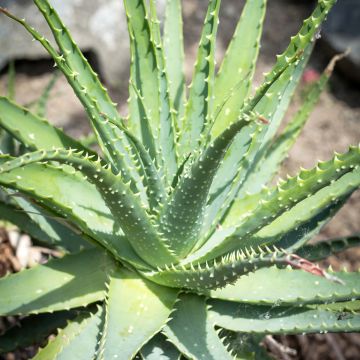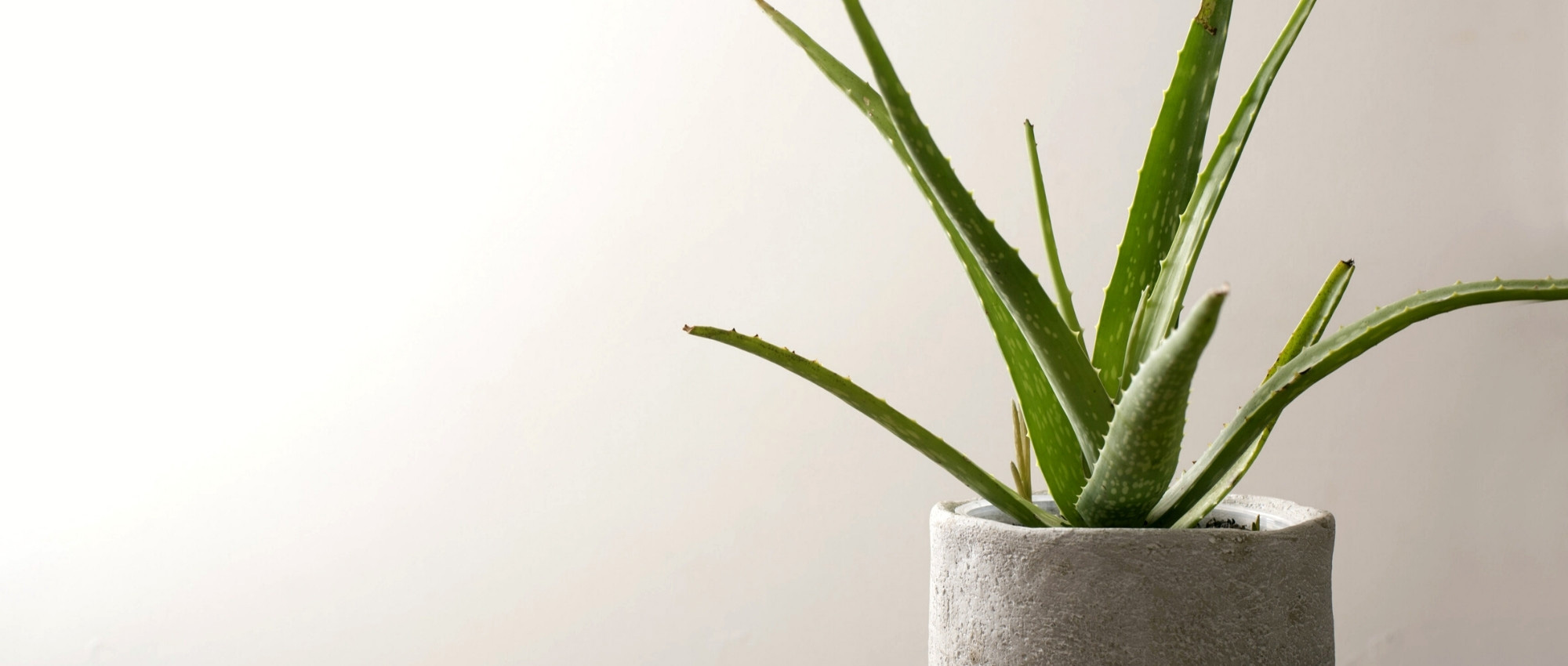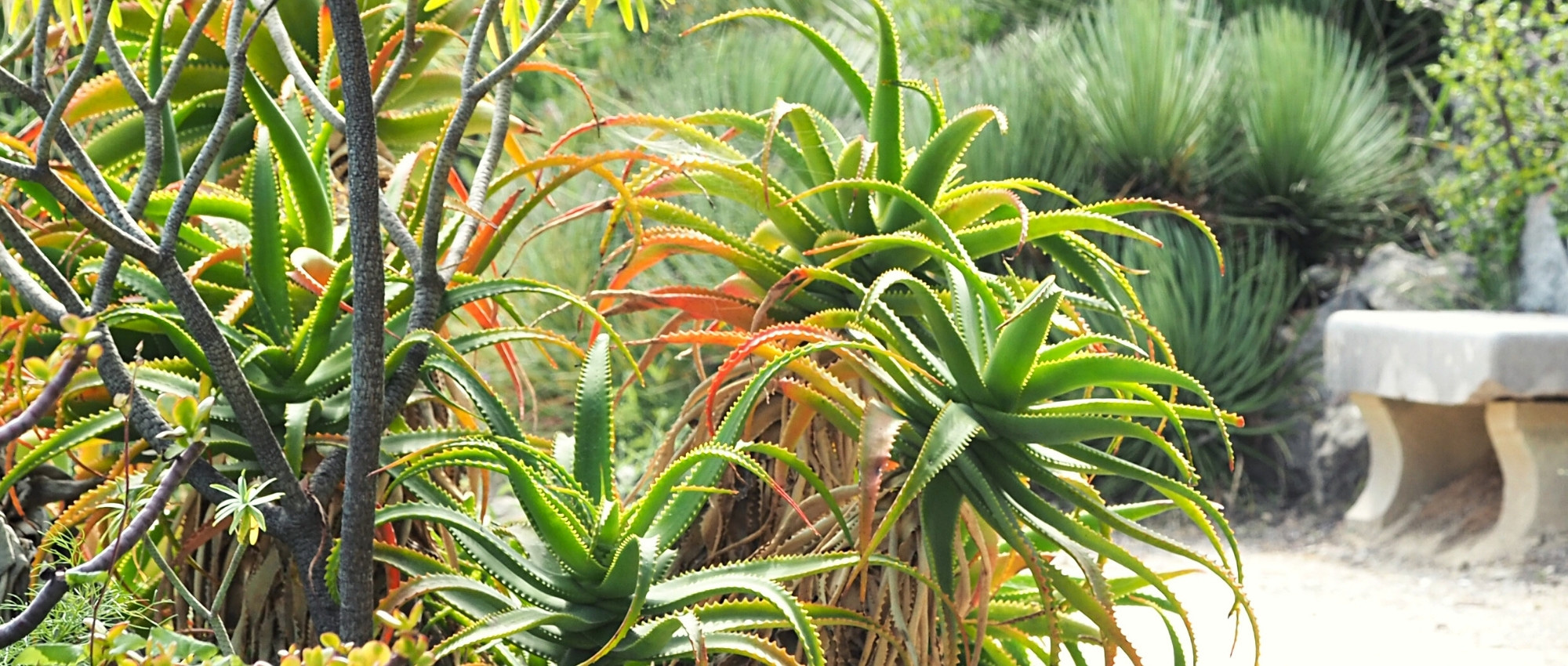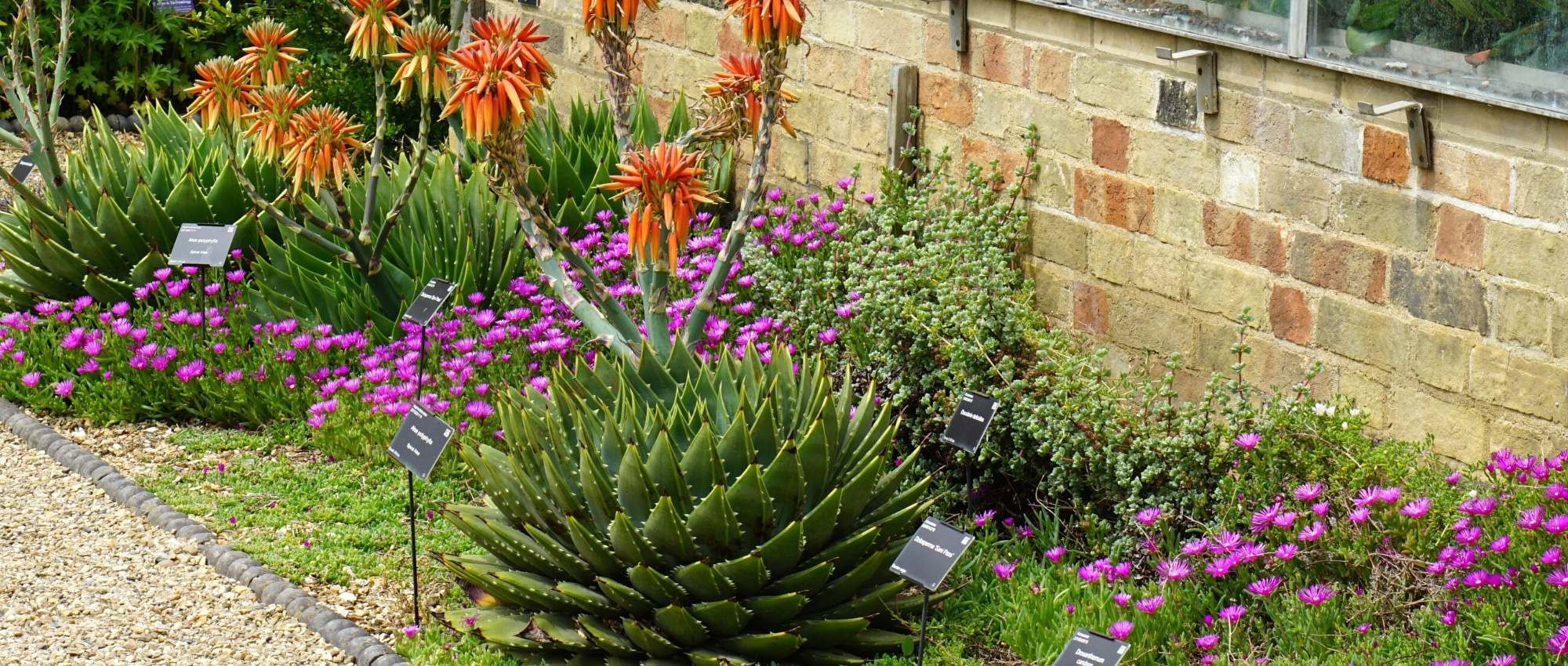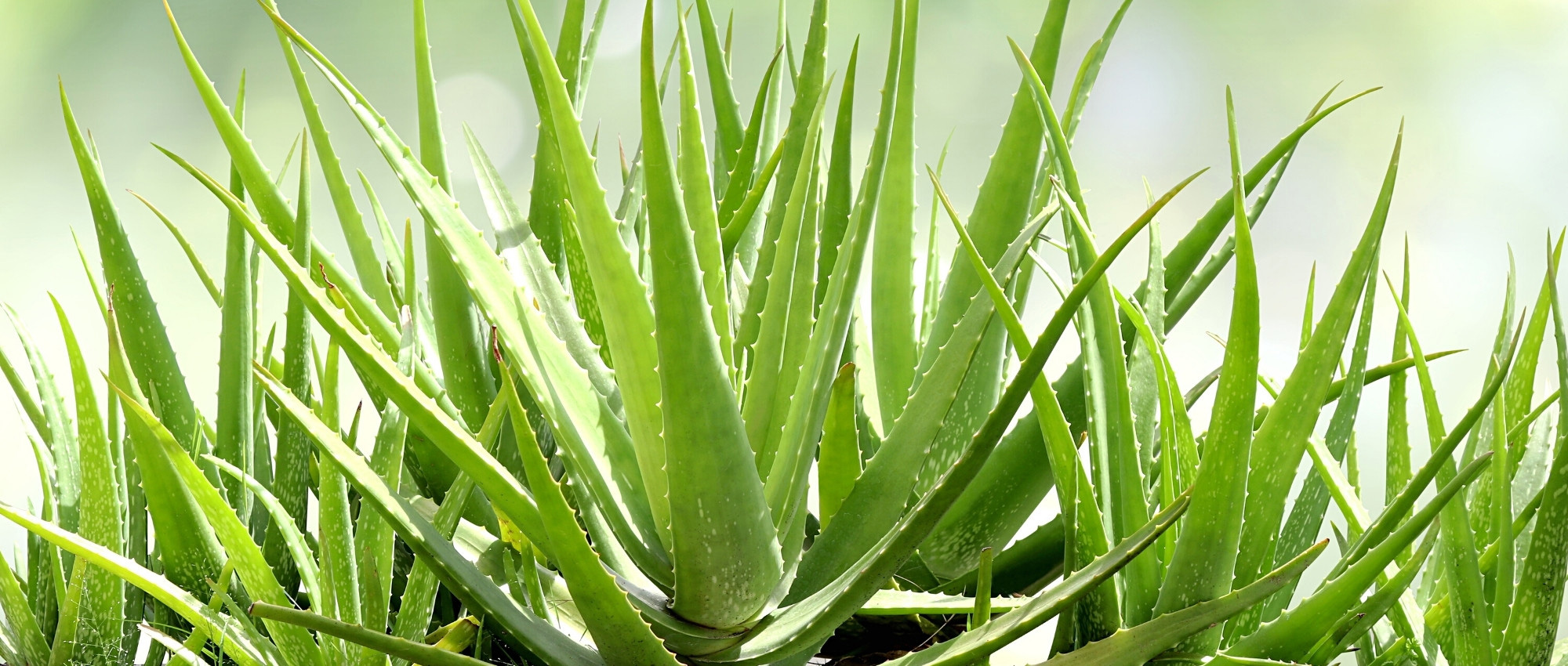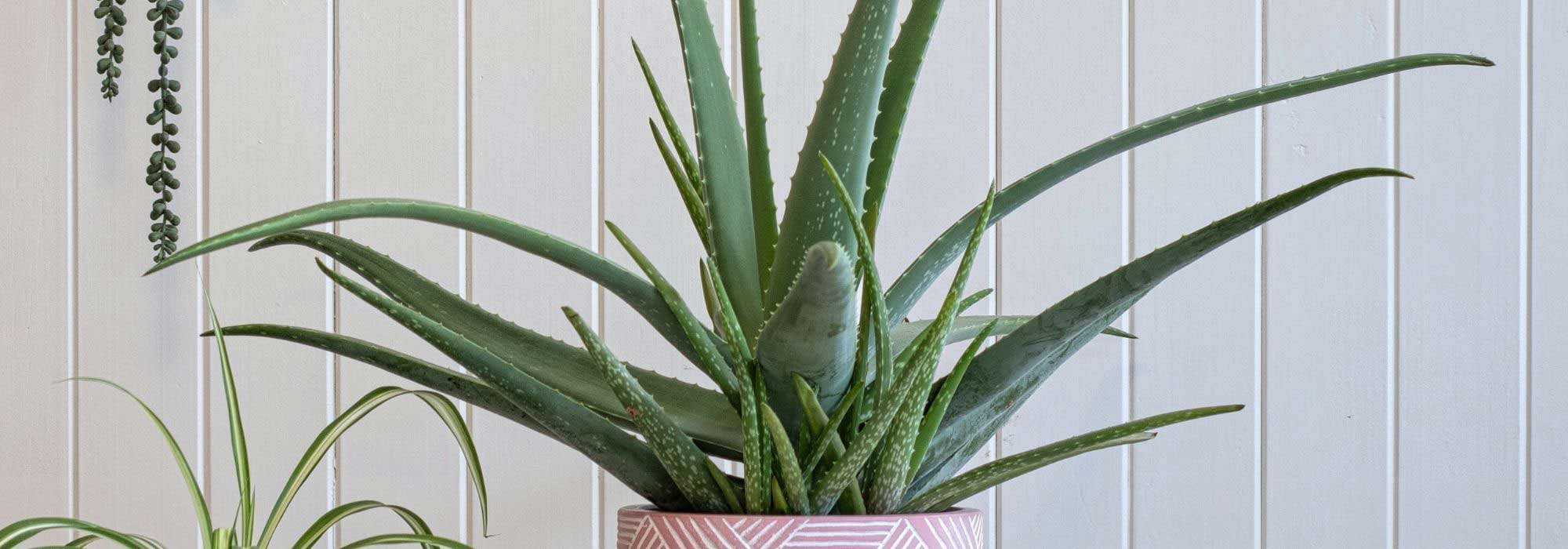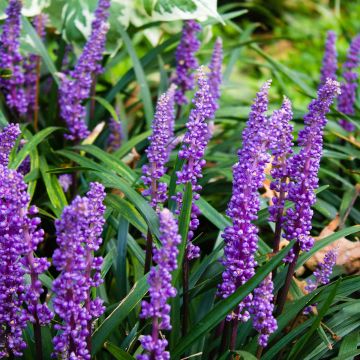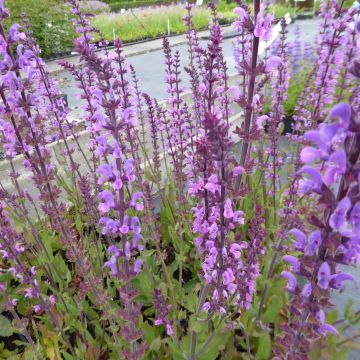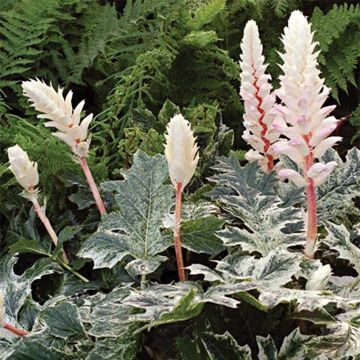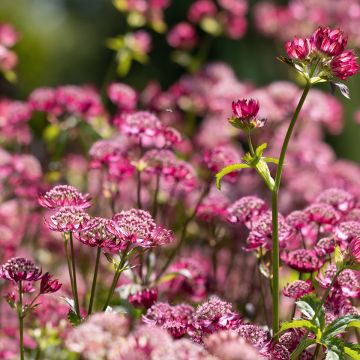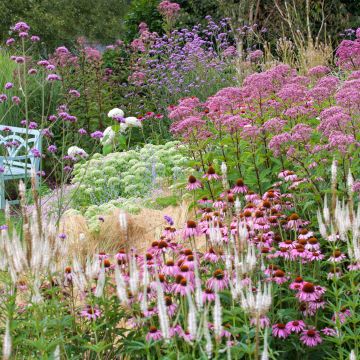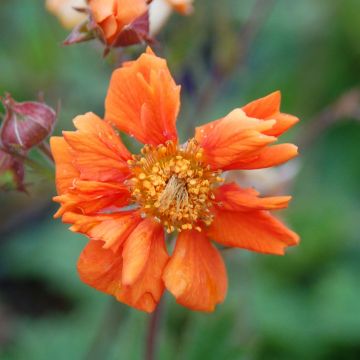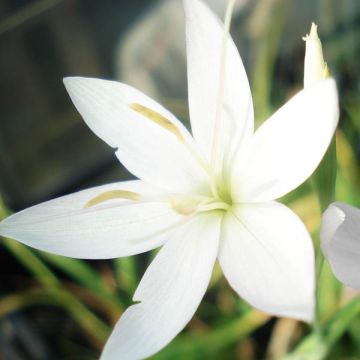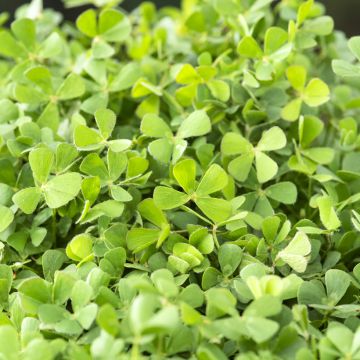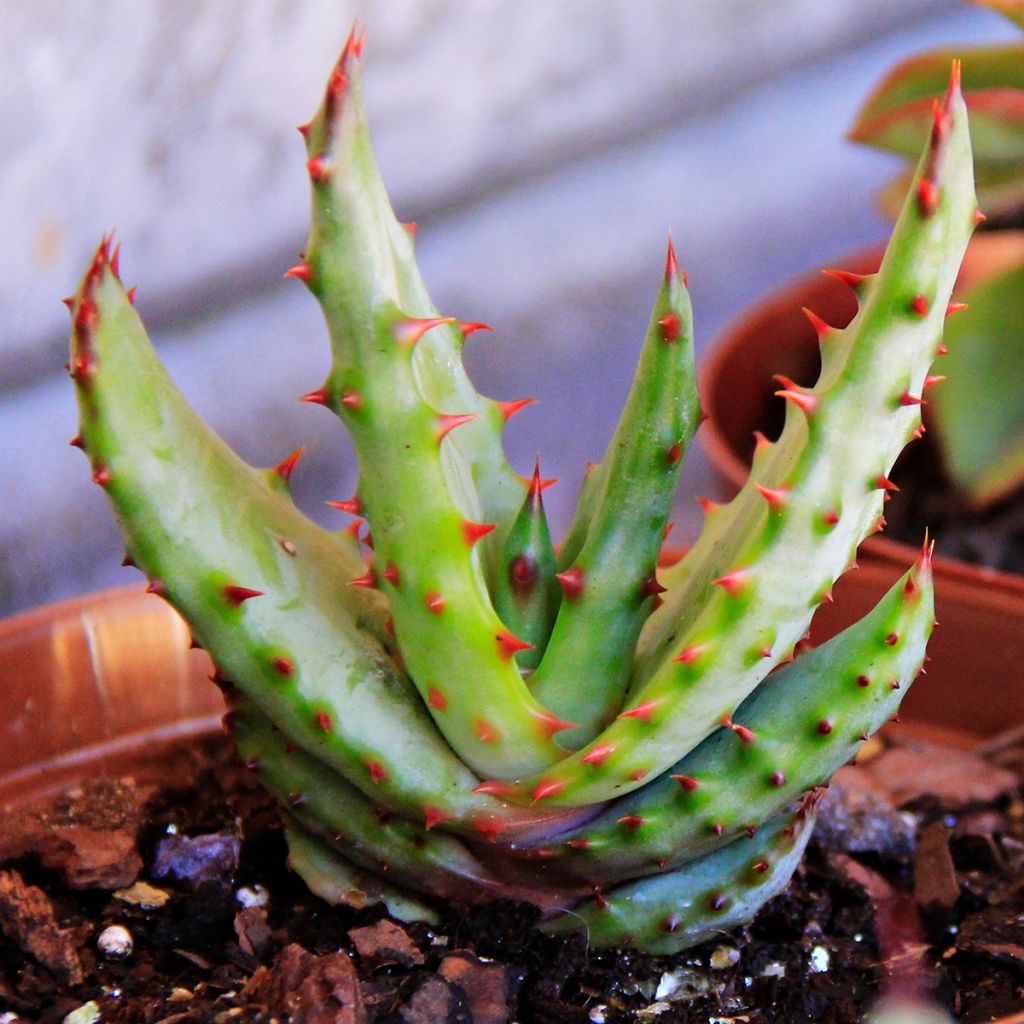

Aloe conifera Twirl - Aloès de Madagascar
Aloe conifera Twirl
Aloe conifera Twirl
Madagascar aloe
Special offer!
Receive a €20 voucher for any order over €90 (excluding delivery costs, credit notes, and plastic-free options)!
1- Add your favorite plants to your cart.
2- Once you have reached €90, confirm your order (you can even choose the delivery date!).
3- As soon as your order is shipped, you will receive an email containing your voucher code, valid for 3 months (90 days).
Your voucher is unique and can only be used once, for any order with a minimum value of €20, excluding delivery costs.
Can be combined with other current offers, non-divisible and non-refundable.
Why not try an alternative variety in stock?
View all →This plant carries a 12 months recovery warranty
More information
We guarantee the quality of our plants for a full growing cycle, and will replace at our expense any plant that fails to recover under normal climatic and planting conditions.
Would this plant suit my garden?
Set up your Plantfit profile →
Description
Aloe conifera 'Twirl' is a beautiful variety of aloe from Madagascar that is characterised by leaves bordered with particularly developed and decorative red-orange spines. This succulent plant is rare in cultivation. It forms a rosette composed of large, curved leaves with a satin slate colour and salmon-pink reflections, which spiral over time. Its unique winter flowering, resembling corn cobs perched on thick stalks, adds to its exotic charm. It is hardy to -4°C (24.8°F), and is therefore mainly grown in pots to be stored during winter, like a cactus. It is worth noting that it likes the sun but not excessive heat. It prefers perfectly drained or even dry soils.
Aloe conifera 'Twirl' belongs to the Asphodelaceae family. The wild species, A. conifera, grows in a very thin layer of soil covering granite rocks of Mount Rovotary in Madagascar at altitudes between 1300 and 1500m (4265 and 4921ft). The species name, conifera, refers to the shape of the developing flower spike, which somewhat resembles a pine cone. The plant usually develops into a single rosette, measuring about 30 to 40cm (12 to 16in) in all directions. The plant has a short basal stem that does not exceed 10cm (4in) in height. Its growth is quite fast, reaching its adult size in 3 or 4 years. Its leaves are very thick, narrow near the stem, very wide in the centre, tapering to a rounded point. They are bordered with large, reddish curved spines. The lamina is grey-green with a slight bluish tint, turning salmon-pink or even purple under intense sunlight. The leaves, numbering from 12 to 24 on adult plants, are beautifully arranged in a spiral. In February-March, a thick flowering stem usually emerges from the centre of the mature rosette, measuring 50 to 60cm (20 to 24in) in height. It is generally unbranched but sometimes bears two branches. At its apex, a cylindrical inflorescence shaped like a brush is formed, adorned with numerous small bright yellow flowers measuring 10 to 15cm (4 to 6in) in length and 3.5cm (1in) in diameter. This flowering emits a sweet fragrance. The rosette does not die after flowering and can live for many years.
Aloe conifera 'Twirl' is easily grown in a pot to decorate a patio or balcony. It also works well as an indoor plant. It will be a rare addition to a collection of succulent plants. Place the plant in a wider than tall pot to fully appreciate its unique charm, and use well-draining substrate, such as cactus soil, allowing it to dry between waterings. In winter, watering should be greatly reduced.
About Agaves and Aloes
Aloes and agaves look alike but belong to two different botanical families, the Asphodelaceae and the Asparagaceae. The main difference between them lies in the fact that the rosettes of aloes flower for many years, while the flowering of a mature agave rosette marks the end of its life. In certain species of aloes, interfoliar buds give rise to new plants that cover the dried remains of the mother plant. In agaves, the central flower stalk develops from the terminal bud. In aloes, the flower buds arise between the leaves. Agaves are native to North America, while aloes are found only in the southern half of Africa and in the nearby islands of the Indian Ocean.
Aloe conifera Twirl in pictures
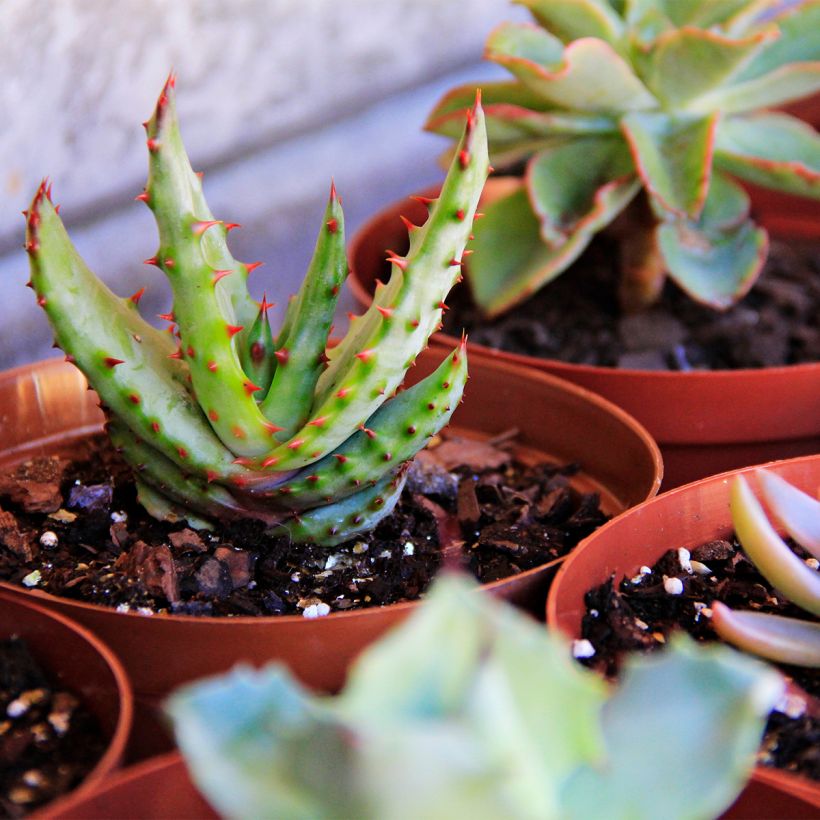

Flowering
Foliage
Plant habit
Botanical data
Aloe
conifera
Twirl
Aloeaceae
Madagascar aloe
Madagascar
Other Aloe
View all →Planting and care
Like all succulent plants, aloes thrive in full sun and very well-drained soil. Aloe conifera 'Twirl' will thrive in mineral-rich soil, composed of a good portion of coarse sand mixed with garden soil and a little decomposed leaf compost. It prefers soil that is not too alkaline, low in organic matter, and very permeable. It prefers dry summers, but dreads heatwaves (it is a high-altitude plant in Madagascar). In winter, the soil should not be too wet. Allow the substrate to dry between waterings. When this aloe is grown in a pot, it can be stored in a very bright, cool or unheated heated room during winter. Avoid overwatering in a pot.
Growing in the ground is possible in the orange tree zone where frosts are very rare, not intense, and short-lived. This aloe can be planted in a sunny rockery with well-drained soil that is essential for successful cultivation.
Planting period
Intended location
Care
Planting & care advice
This item has not been reviewed yet - be the first to leave a review about it.
Similar products
Haven't found what you were looking for?
Hardiness is the lowest winter temperature a plant can endure without suffering serious damage or even dying. However, hardiness is affected by location (a sheltered area, such as a patio), protection (winter cover) and soil type (hardiness is improved by well-drained soil).

Photo Sharing Terms & Conditions
In order to encourage gardeners to interact and share their experiences, Promesse de fleurs offers various media enabling content to be uploaded onto its Site - in particular via the ‘Photo sharing’ module.
The User agrees to refrain from:
- Posting any content that is illegal, prejudicial, insulting, racist, inciteful to hatred, revisionist, contrary to public decency, that infringes on privacy or on the privacy rights of third parties, in particular the publicity rights of persons and goods, intellectual property rights, or the right to privacy.
- Submitting content on behalf of a third party;
- Impersonate the identity of a third party and/or publish any personal information about a third party;
In general, the User undertakes to refrain from any unethical behaviour.
All Content (in particular text, comments, files, images, photos, videos, creative works, etc.), which may be subject to property or intellectual property rights, image or other private rights, shall remain the property of the User, subject to the limited rights granted by the terms of the licence granted by Promesse de fleurs as stated below. Users are at liberty to publish or not to publish such Content on the Site, notably via the ‘Photo Sharing’ facility, and accept that this Content shall be made public and freely accessible, notably on the Internet.
Users further acknowledge, undertake to have ,and guarantee that they hold all necessary rights and permissions to publish such material on the Site, in particular with regard to the legislation in force pertaining to any privacy, property, intellectual property, image, or contractual rights, or rights of any other nature. By publishing such Content on the Site, Users acknowledge accepting full liability as publishers of the Content within the meaning of the law, and grant Promesse de fleurs, free of charge, an inclusive, worldwide licence for the said Content for the entire duration of its publication, including all reproduction, representation, up/downloading, displaying, performing, transmission, and storage rights.
Users also grant permission for their name to be linked to the Content and accept that this link may not always be made available.
By engaging in posting material, Users consent to their Content becoming automatically accessible on the Internet, in particular on other sites and/or blogs and/or web pages of the Promesse de fleurs site, including in particular social pages and the Promesse de fleurs catalogue.
Users may secure the removal of entrusted content free of charge by issuing a simple request via our contact form.
The flowering period indicated on our website applies to countries and regions located in USDA zone 8 (France, the United Kingdom, Ireland, the Netherlands, etc.)
It will vary according to where you live:
- In zones 9 to 10 (Italy, Spain, Greece, etc.), flowering will occur about 2 to 4 weeks earlier.
- In zones 6 to 7 (Germany, Poland, Slovenia, and lower mountainous regions), flowering will be delayed by 2 to 3 weeks.
- In zone 5 (Central Europe, Scandinavia), blooming will be delayed by 3 to 5 weeks.
In temperate climates, pruning of spring-flowering shrubs (forsythia, spireas, etc.) should be done just after flowering.
Pruning of summer-flowering shrubs (Indian Lilac, Perovskia, etc.) can be done in winter or spring.
In cold regions as well as with frost-sensitive plants, avoid pruning too early when severe frosts may still occur.
The planting period indicated on our website applies to countries and regions located in USDA zone 8 (France, United Kingdom, Ireland, Netherlands).
It will vary according to where you live:
- In Mediterranean zones (Marseille, Madrid, Milan, etc.), autumn and winter are the best planting periods.
- In continental zones (Strasbourg, Munich, Vienna, etc.), delay planting by 2 to 3 weeks in spring and bring it forward by 2 to 4 weeks in autumn.
- In mountainous regions (the Alps, Pyrenees, Carpathians, etc.), it is best to plant in late spring (May-June) or late summer (August-September).
The harvesting period indicated on our website applies to countries and regions in USDA zone 8 (France, England, Ireland, the Netherlands).
In colder areas (Scandinavia, Poland, Austria...) fruit and vegetable harvests are likely to be delayed by 3-4 weeks.
In warmer areas (Italy, Spain, Greece, etc.), harvesting will probably take place earlier, depending on weather conditions.
The sowing periods indicated on our website apply to countries and regions within USDA Zone 8 (France, UK, Ireland, Netherlands).
In colder areas (Scandinavia, Poland, Austria...), delay any outdoor sowing by 3-4 weeks, or sow under glass.
In warmer climes (Italy, Spain, Greece, etc.), bring outdoor sowing forward by a few weeks.































